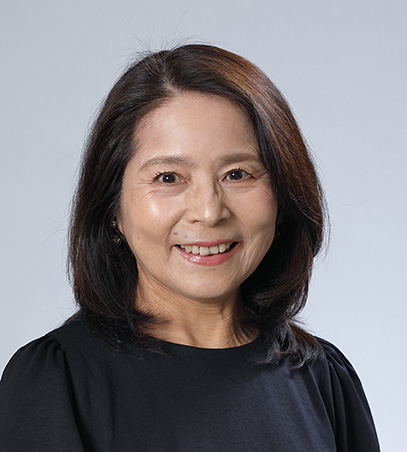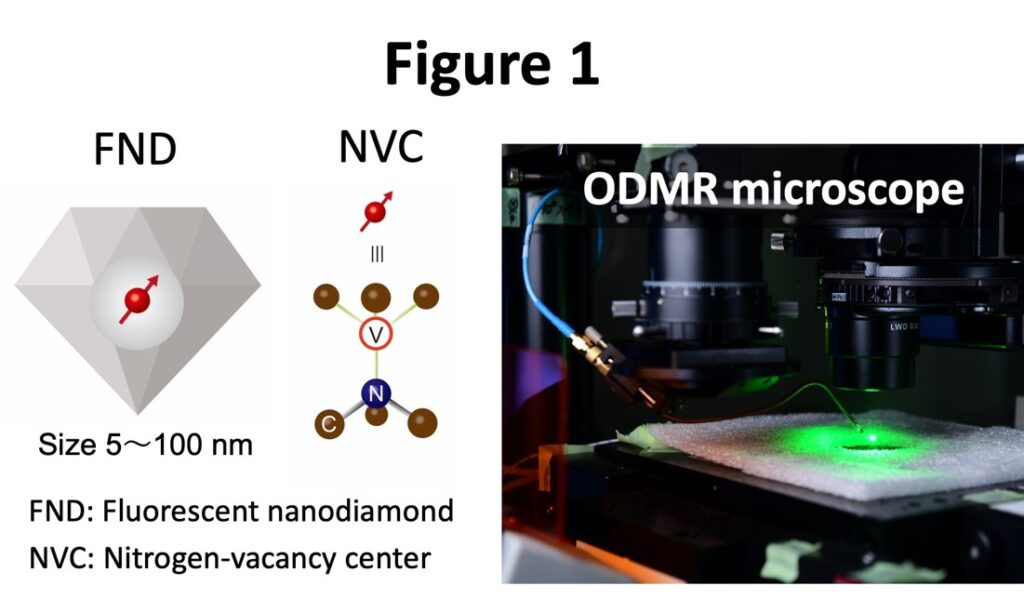HARADA Yoshie
Specially Appointed Professor (Full Time)/PI
The University of Osaka Graduate School of Medicine
- Related Website:
- Harada Lab. Website researchmap
Our researchers
PRIMe researchers from diverse fields of study, nationalities, and backgrounds come together and collaborate “under-one-roof” to conduct interdisciplinary and integrative research.

HARADA Yoshie
Specially Appointed Professor (Full Time)/PI
The University of Osaka Graduate School of Medicine
Quantum Sensing of Biological Quantities in Cell and Organoid
Using quantum sensing technology based on diamond nanoparticles, we will capture organellar and intracellular molecular dynamics, metabolism, temperature, active enzyme and pressure for mechanistically elucidating the normal maintenance of homeostasis and its breakdown.
Research Outline

Changes in physical quantities (temperature, pressure, etc.) and chemical reactions occurring locally within a cell affect the function of the entire cell, which in turn is thought to regulate biological activity. We have been developing quantum sensing technology to measure physicochemical reactions in cells with high accuracy and spatial resolution. Specifically, we have focused on nitrogen-vacancy centers (NVCs), which are found in diamond nanoparticles, and developed an optically detected magnetic resonance (ODMR) microscope that can control NVC electron spin quantum states (Figure 1)1. By using the quantum sensing technology, he has developed a technique to measure absolute intracellular temperature without being affected by intracellular pH or biomolecular interactions, experimentally demonstrated that the thermal conductivity at intracellular sites is significantly different from that of water, and succeeded in three-dimensional measurement of the viscosity of cell membranes and structural changes of a single protein molecule. 2-5
In the WPI-PRIMe program, quantum sensing of cells and organoids by FNDs will be practiced to reveal the physical and chemical reactions of cells that are linked to biological functions and pathological conditions (Figure 2). To this end, we will develop a method to efficiently deliver FNDs into cells and organoids. Additionally, we will create a technique to chemically modify the surface of FNDs to control their localization within cells. We will apply the incorporated FNDs to quantum sensing and elucidate how the physical parameters in the cell are affected during organoid formation. This research will enable early prediction of cell differentiation and organoid formation. We will also clarify how the physicochemical parameters within the oocyte influences pathological conditions such as infertility.
The studies will lead to the discovery of a new pathogenesis mechanism in which local abnormalities in the physicochemical states of the cell lead to the disruption of homeostasis mechanisms and are play a role in specific diseases.

References